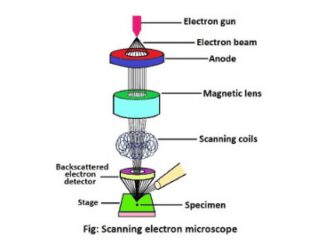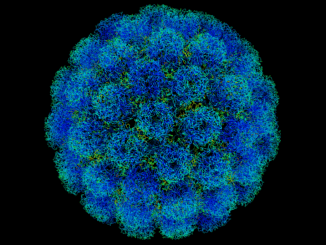
Electron microscope: Definition and types
Introduction Microscopy helps us to understand or gives access to see the direct images of various tissues, organisms, organelles, microorganisms, molecular assemblies, and proteins. It […]

Introduction Microscopy helps us to understand or gives access to see the direct images of various tissues, organisms, organelles, microorganisms, molecular assemblies, and proteins. It […]

Introduction A microscope is used to see objects that are not visible to the naked eye. The electron microscope is a breakthrough invention in microbiology. […]

Introduction Microorganisms are categorized under bacteria, viruses, fungi, and mycoplasma. Some of the microorganisms are disease-causing some are saprophytes or some are heterotopic in nature. […]

Introduction Are viruses living or not? is a very difficult question to understand. The virus has attributes of both living organisms and nonliving objects. Thus it […]

Difference between animal, plant virus, and bacteriophage Viruses are very small even smaller than bacteria and are mainly parasitic in nature. Depending upon the host, […]

Introduction There is no nomenclature system for virus classification since they are not considered truly living. As we all know living organisms have a definite […]

Virus definition In Latin, the word virus means poisonous or venomous fluid coined by Dmitri Ivanowsky (1892). He recognized certain microbes causing mosaic diseases of […]
Copyright © 2024 | WordPress Theme by MH Themes